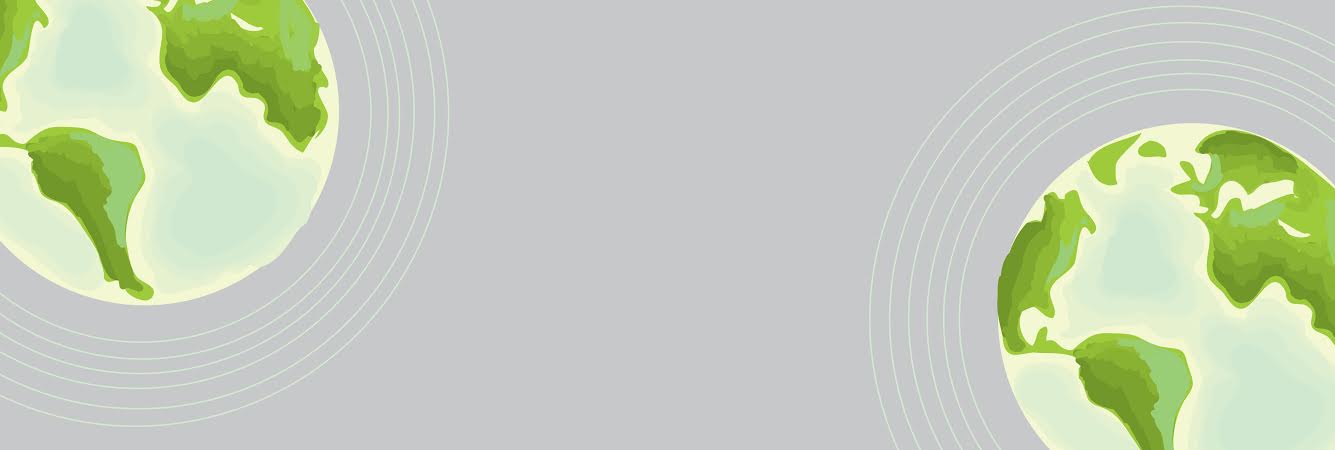The Uyghurs are a Turkic group living in Xinjiang, or the Xinjiang Uyghur Autonomous Region in northwest China. They speak the “Uyghur” language and the vast majority of them are practitioners of Sunni Islam. One particularly interesting thing about Uyghurs is that they are a phenotypically diverse ethnic group with some appearing Caucasian, others more central Asian, some East Asian, and some a combination of multiple genetic backgrounds. This, in addition to a complicated history, makes the classification of “Uyghurs” a complex one and blurs the lines of an ethnic, cultural, and religious group.
Like with many stateless minorities, the name “Uyghur” has meant different things at different times. Originally, it referred to a group of tribes living in northern China, Mongolia, and Altai in southern Russia. It later referred to people of the Uyghur Khaganate, a Turkic empire in central Asia in the 8th and 9th centuries. After the fall of the Khaganate, the term referred to the descendants of the people from the Khaganate, and as migration occurred, mixing of people from the Khaganate with other central Asian and eastern European backgrounds followed. This has created the ethnic complexity of the Uyghurs and makes the group quintessentially “Eurasian”. However, until the 1800s, the name “Uyghur” was considered to refer to these historical peoples and was deemed antiquated. Only relatively recently has it been used to refer to an existing group of people.
There is thus debate as to who the Uyghurs actually are today. Uyghurs consider themselves to be the indigenous people of thousands of years of the Xinjiang area, while China regards them as a mixed people who migrated after the fall of the Uyghur Khaganate 1200 years ago. Many scholars today seem to side with the latter view and do not consider the modern Uyghurs to be the same group as the ancient people of the Uyghur Khaganate. The ancient Uyghurs were not Muslim, and it seems that modern Uyghurs converted to Islam around the 1500s, as Islam spread very gradually across different central Asian groups during this time period.
The Republic of China became a country in 1920, but the Uyghurs resisted this and gained a short-lived independence twice in 1933 and 1944, both times backed by the Soviet Union. In 1949 when Mao created the People’s Republic of China, he created the Xinjiang Uyghur Autonomous Region within China. There is continued debate among the Uyghur community as to the appropriate level of assimilation into Chinese and Russian society. A variety of independence movements exist including the East Turkestan Islamic Movement (ETIM), which has been deemed a terrorist organization and aims to liberate “East Turkestan” and establish a Muslim state. The East Turkestan Liberation Organization (ETLO) has also been deemed a terrorist organization by China, but has unclear at best ties to terrorist organizations and denies ties to the ETIM, making China’s allegations appear as a political move to quell any type of separatism. Supporters of the movement site that China only allows a state-approved Quran, engages in imperialism by directing Han Chinese people to move into Xinjiang, and commits human rights abuses against separatists of any kind. Tensions between the Han and Uyghurs in the Region escalated into the 2009 Urumqi Riots, which was essentially an “ethnic brawl” as some reporters put it. Hundreds were killed and thousands were arrested during the incident.
Sources:
http://www.eastwestcenter.org/fileadmin/stored/pdfs/PS015.pdf
http://www.academia.edu/1558522/Modular_History_Identity_Maintenance_before_Uyghur_Nationalism
http://www.ouigour.fr/recherches_et_analyses/Garnautpage_93.pdf
http://uyghuramerican.org/about-uyghurs




Leave a Reply